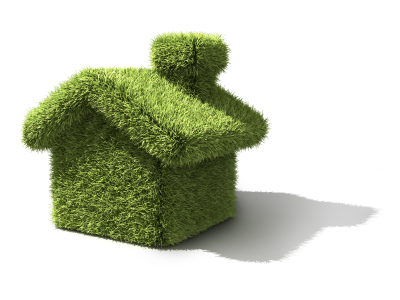 No doubt, the term “Green” can represent sustainable practices in the design and construction industry but the word has been abused and exploited to such an extent that, without an explanation and data, without looking at the whole picture, the term doesn’t really mean much. We’ve been designing and building houses for over 15 years in the northwest and when we hear the term “Green” without any supplementary information, we have no idea what it actually means. Ask 10 architects and builders for the definition of “Green design” and you’ll most likely get 10 different and vague answers.
No doubt, the term “Green” can represent sustainable practices in the design and construction industry but the word has been abused and exploited to such an extent that, without an explanation and data, without looking at the whole picture, the term doesn’t really mean much. We’ve been designing and building houses for over 15 years in the northwest and when we hear the term “Green” without any supplementary information, we have no idea what it actually means. Ask 10 architects and builders for the definition of “Green design” and you’ll most likely get 10 different and vague answers.
We’ve all heard the stories…
–the 15,000 square foot house built with “green construction practices”. When a house of this size is occupied by a family of four (or sometimes less) there’s nothing green or sustainable about it.
-the building praised as “green” by the city because the windows exceed the insulation values of the energy code. Never mind that the stone façade was shipped from a rock quarry in Italy using enough fuel via boats and trucks to easily negate the energy savings.
-the condominium building marketed as “green living”. Despite the recycled materials, it was designed and built so poorly that the entire skin will need to be discarded and replaced within 10 years.
-blocks and blocks of “green-built” homes. But because of their shoddy, short-sighted construction, their lack of life-span makes them disposable.
Do a Google search for “green construction” and you’ll find a roster that includes everything from legitimately sustainable projects to completely bastardized marketing spins. How do we move forward with such a murky and sometimes contrasting definition of green? We all want a better built environment; no one truly wants diminishing returns in the sustainability of our built environment. At its core, green design is a solid idea. Yet now that the schlock developers and marketing scheisters have fully learned to manipulate the concept, the term in-and-of-itself is meaningless. How do we, as architects, homeowners, or just a conscientious public distinguish the authentic from the untrustworthy? How do we move forward?
We’ve been scratching our heads here at the BUILDblog and we’ve got two checklist items for architects and two for homeowners which will help us all keep the train from falling off the tracks.
For ARCHITECTS
1. Create a statement of green/sustainable/sensible design. It might not be entirely comprehensive or complete but it gives potential clients, possible employees and admiring students an idea of where you’re coming from. For a departure point, you can check out our sustainability statement here.
2. There are a handful of professional evaluation organizations in the design and construction industry like LEED and FSC. While these organizations have a solid mission statement and good intentions, they are gradually being manipulated by lobbyists and other interest groups that will eventually negate the very purpose of these organizations. It’s our job as architects to keep these groups in check. Visit links like this to keep the math legitimate and register your opinion here to stay in the conversation. Be involved, matter.
for HOMEOWNERS
1. Use the litmus test of good old fashioned sensible design. If it says it’s green but it just doesn’t seem sensible, then it’s probably not green or sustainable. A single family “green built” house with a 4 car garage is not sensible design. Nor is it green, we don’t care what the garage doors were recycled from.
2. Do your homework when selecting an architect and hunt down their statement of green/sustainable/sensible design. If they don’t have one, that should be a red flag.
Share your thoughts on avoiding greenwashing and maintaining design integrity by hitting that comments button.





